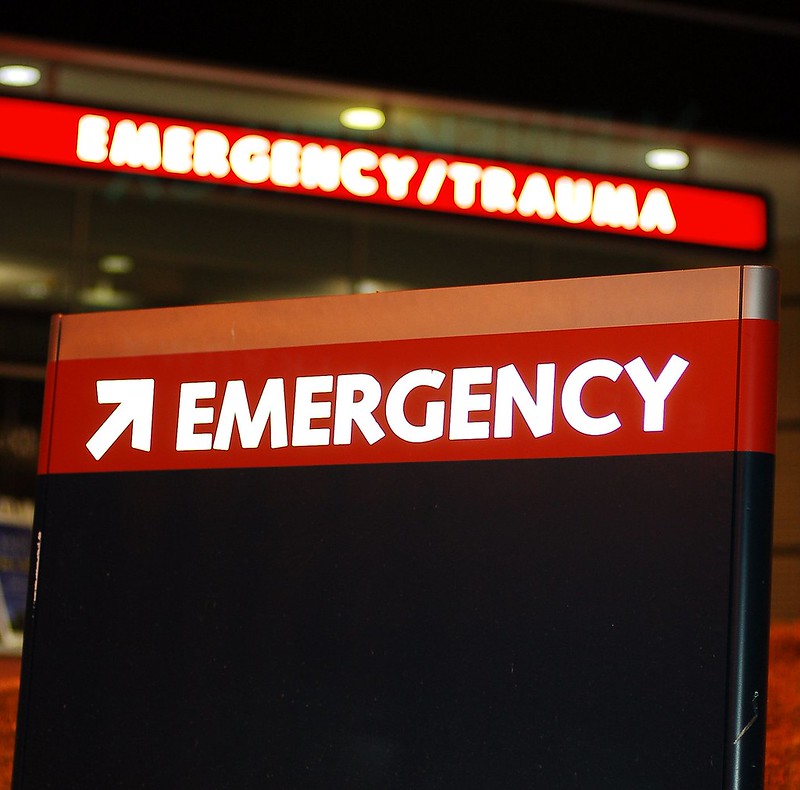
To understand why cities created the great urban hospitals of today, such as Bellevue in New York, Jackson Memorial in Miami, or Tampa General in Tampa, you have to understand how the purpose of hospitals changed in the late 19th century. Before then, hospitals were places the poorest people went to await death as they received minimal care. People with means were treated in doctors’ offices or in their homes.
This changed as germ theory, anesthesia, radiology, and other scientific breakthroughs transformed the practice of medicine in the late 1800s, creating a need for surgeons, doctors, nurses, and other health professionals to work in teams rather than alone. As that happened, the role of the hospital went from places for the poor to die to places where the most advanced medicine could be practiced.
But why public hospitals and not private? First, public hospitals like Bellevue already existed, often with large facilities. So it was relatively easy to change their missions. Second, it took a lot of money to build and equip a hospital, and in the late 19th and earliest 20th century, city governments often took the lead in creating these essential institutions.
In the century since, other types of hospitals have been created, including giant not-for-profit institutions (the Mayo Clinic, for instance, and university-affiliated institutions like NYU Langone Medical Center) and private for-profit hospitals. Nonprofit hospitals have become the most common form, but city-owned hospitals still make up about 19 percent of community hospitals in the U.S.
And they still serve essential roles, as the most likely providers of health care to the uninsured in your city and most likely providers of advanced trauma care (car accidents, severe burns, gunshot wounds, etc.); and as public-health service centers. If your state has a poison-control center, there’s a good chance it is housed at a government-owned hospital. Let’s hope you never need the advanced trauma skills of a public hospital, but if you do, you can thank government for providing what is likely to be the best emergency room in your region.
More information:
https://bzandmd.blog/2018/02/11/the-evolution-of-american-hospitals/
Give the credit to: local governments 90%, state governments 10%
Photo by Mike Bitzenhofer licensed under Creative Commons.
Leave a Reply